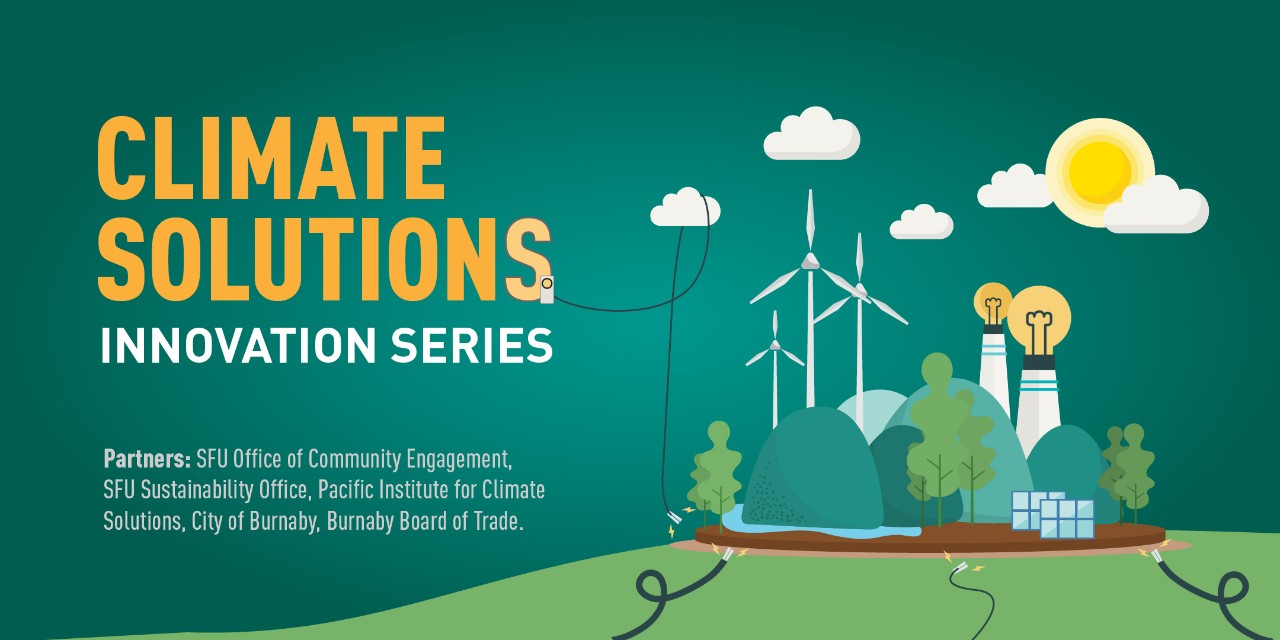Climate Change Innovation Ideas 2025: Accelerating the Transition to a Sustainable Future
Related Articles: Climate Change Innovation Ideas 2025: Accelerating the Transition to a Sustainable Future
- Candle Label Ideas For 2025: A Comprehensive Guide
- Cheap And Easy Dinner Ideas For 6 In 2025
- BLACKPINK Outfits Ideas 2025: Unleashing The Future Of Fashion
- 50th Birthday Gift Ideas For Men 2025: Celebrate The Milestone With Style
- Cheap Ideas For Wedding Centerpieces 2025: Elevate Your Decor On A Budget
Introduction
With enthusiasm, let’s navigate through the intriguing topic related to Climate Change Innovation Ideas 2025: Accelerating the Transition to a Sustainable Future. Let’s weave interesting information and offer fresh perspectives to the readers.
Table of Content
- 1 Related Articles: Climate Change Innovation Ideas 2025: Accelerating the Transition to a Sustainable Future
- 2 Introduction
- 3 Video about Climate Change Innovation Ideas 2025: Accelerating the Transition to a Sustainable Future
- 4 Climate Change Innovation Ideas 2025: Accelerating the Transition to a Sustainable Future
- 4.1 1. Carbon Capture and Storage (CCS) Advancements
- 4.2 2. Blue Hydrogen Production
- 4.3 3. Green Hydrogen Breakthroughs
- 4.4 4. Carbon-Negative Building Materials
- 4.5 5. Precision Agriculture and Climate-Smart Farming
- 4.6 6. Climate-Resilient Infrastructure
- 4.7 7. Sustainable Urban Mobility
- 4.8 8. Nature-Based Solutions
- 4.9 9. Artificial Intelligence for Climate Action
- 4.10 10. Circular Economy Innovations
- 4.11 Conclusion
- 5 Closure
Video about Climate Change Innovation Ideas 2025: Accelerating the Transition to a Sustainable Future
Climate Change Innovation Ideas 2025: Accelerating the Transition to a Sustainable Future

The urgency of climate change demands bold and innovative solutions to mitigate its impacts and create a more sustainable future. As we approach 2025, it is crucial to explore transformative ideas that can accelerate the transition to a low-carbon economy and foster resilience against the effects of climate change. Here are 10 groundbreaking climate change innovation ideas for 2025:
1. Carbon Capture and Storage (CCS) Advancements
CCS involves capturing carbon dioxide (CO2) from industrial processes or the atmosphere and storing it underground. By enhancing the efficiency and affordability of CCS technologies, we can significantly reduce greenhouse gas emissions from industries such as power generation, manufacturing, and transportation.
2. Blue Hydrogen Production
Blue hydrogen is produced from natural gas with carbon capture and storage. It offers a cleaner alternative to traditional fossil fuels while providing a reliable energy source for industries and transportation. Scaling up blue hydrogen production and distribution can contribute to decarbonizing heavy-duty vehicles and industrial processes.
3. Green Hydrogen Breakthroughs
Green hydrogen is produced from water electrolysis using renewable energy sources like solar and wind power. It is a zero-emission fuel that can power vehicles, generate electricity, and be used in industrial processes. Accelerating the development of cost-effective green hydrogen production technologies is essential for a sustainable energy future.
4. Carbon-Negative Building Materials
The construction sector contributes significantly to greenhouse gas emissions. Developing carbon-negative building materials, such as bio-based composites and carbon-storing concrete, can reduce the embodied carbon in new and existing buildings.
5. Precision Agriculture and Climate-Smart Farming
Precision agriculture uses data analytics and advanced technologies to optimize crop yields while minimizing environmental impacts. Climate-smart farming practices, such as cover cropping, no-till farming, and integrated pest management, can enhance soil health, reduce emissions, and increase resilience to climate change.
6. Climate-Resilient Infrastructure
Extreme weather events are becoming more frequent and intense due to climate change. Investing in climate-resilient infrastructure, such as seawalls, flood barriers, and resilient energy grids, is crucial for protecting communities and critical infrastructure from climate-related disasters.
7. Sustainable Urban Mobility
Transportation is a major source of greenhouse gas emissions. Promoting sustainable urban mobility through electric vehicles, public transportation, bike-sharing programs, and walkable cities can reduce emissions and improve air quality.
8. Nature-Based Solutions
Nature-based solutions, such as reforestation, wetland restoration, and urban greening, provide multiple benefits for climate change mitigation and adaptation. They absorb carbon dioxide, reduce flooding, improve air quality, and enhance biodiversity.
9. Artificial Intelligence for Climate Action
Artificial intelligence (AI) has the potential to accelerate climate change innovation. AI algorithms can analyze vast amounts of data to identify patterns, predict future trends, and optimize decision-making for climate mitigation and adaptation.
10. Circular Economy Innovations
The circular economy aims to minimize waste and maximize resource efficiency. Innovations in circular economy models, such as product design for durability, repair, and recycling, can reduce greenhouse gas emissions and promote sustainable consumption.
Conclusion
These 10 climate change innovation ideas for 2025 represent a glimpse into the future of sustainability. By investing in these transformative technologies and approaches, we can accelerate the transition to a low-carbon economy, enhance resilience to climate change, and create a more sustainable and prosperous future for generations to come. Collaboration, innovation, and a shared commitment to climate action are essential for unlocking the full potential of these ideas and building a sustainable future.
![[IMGSRCTITLE2]](https://www.worldbank.org/content/dam/infographics/780xany/2021/jun/CCAP-infographic_Page_1.png)
![[IMGSRCTITLE3]](https://scitechdaily.com/images/Net-Zero-Carbon-Emissions-2050-1536x896.png)
![[IMGSRCTITLE4]](https://www.climateworks.org/wp-content/uploads/2020/08/Figure-1-GHG-Emisssions-pathways-through-2050-including-temp-1024x596.png)
![[IMGTITLE5]](https://www.ipcc.ch/report/ar6/wg2/downloads/figures/IPCC_AR6_WGII_Figure_18_003.png)
![[IMGTITLE6]](https://blogs-images.forbes.com/bethhoffman/files/2014/03/IPCCAg_2030.jpg)
![[IMGTITLE7]](https://www.ippi.org.il/wp-content/uploads/2023/03/cleantech-2.png)
![[IMGTITLE8]](https://www.un.org/sites/un2.un.org/files/tw_fiveenergyactions.png)
Closure
Thus, we hope this article has provided valuable insights into Climate Change Innovation Ideas 2025: Accelerating the Transition to a Sustainable Future. We thank you for taking the time to read this article. See you in our next article!
![[IMGTITLE9]](https://images.wsj.net/im-529703/8SR)